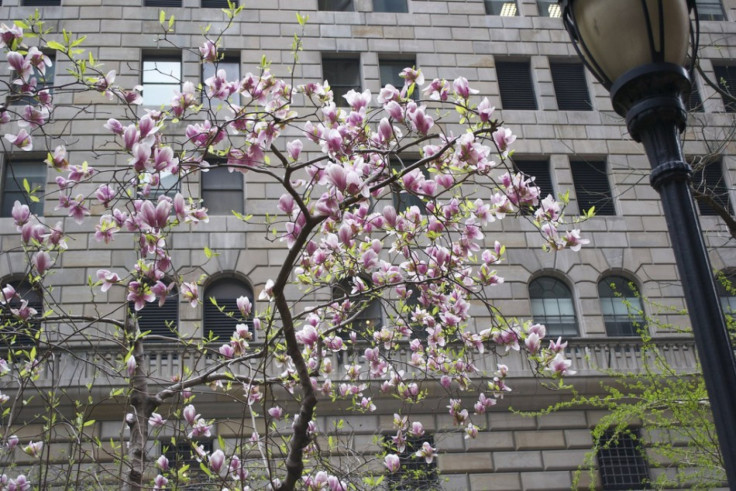Fed To Sell Rest of Toxic Waste Bonds From Bailout: Bloomberg

It appears Wall Street has regained its appetite for toxic waste.
At least one large financial institution has approached the Federal Reserve Bank of New York with an offer to buy out the remaining mortgage-backed toxic waste bonds it received from AIG as collateral for a $19.5 billion bailout in 2008, according to Bloomberg News, as banks look to profit from what many see as an incipient turnaround in the U.S. housing market.
Citing two people with knowledge of the plan, Bloomberg reported a potential buyer offering to buy what's left inside the Fed's Maiden Lane II barrel of securitized less-than-prime loans, which the U.S. central bank reported as having a fair value of $6.71 billion at the end of last year. The New York branch of the Federal Reserve, which holds the Maiden Lane II vehicle on its balance sheet -- as well as two other mortgage securities buckets named after the downtown Manhattan alley facing that bank's service entrance -- has already sold off selected slices of the mortgage-backed securities portfolio contained therein.
Continued Interest
It is not clear which of the handful of potential Wall Street dealmakers is prompting the Fed to action, but the interest appears to be a continuation of a trend started earlier this year, that has seen large players pushing the Fed to place its bailout-era holdings back into the market.
Earlier this month, Goldman Sachs paid $6.2 billion for a selection of the assets in the central bank's Maiden Lane II portfolio. That followed a purchase by Credit Suisse in January, after a closed-door sealed-bid process -- set off by a request from Goldman -- in which it acquired $7 billion in assets from the same bucket. Altogether, the Fed has sold off $57.91 billion worth of securities it acquired as collateral for $72.65 billion in bailouts. Were the central bank to sell off its remaining Maiden Lane assets at the prices it noted as fair value at the end of last year, it would walk away with over $14 billion in profit, as well as accrued interests from the loan of over $2.05 billion.
Banks, who have so far been able to sell the newly acquired assets off to clients and subsidiaries at a profit, are eager to see the Fed make those trades.
And the Fed has been happy to comply.
I am pleased with the continued interest in these assets and am especially gratified that the New York Fed's loan to ML II will be repaid as a result of the sale announced today, William C. Dudley, President of the New York Fed, said after the sale to Goldman earlier this month.
A Turnaround
Regardless of who profits, the newfound interest banks are showing in some of the most default-prone securities products on the Fed's books is a sign of a turnaround in the U.S. residential housing picture, which various indicators in February indicate has found a bottom.
The rate of default for Alt-A loans, a risk category between prime and subprime, has been falling steadily since August 2011, leading investors to have more confidence in securitized products containing those mortgages. The remainder of the Fed's Maiden Lane II portfolio is mostly in even risker subprime-backed bonds.
The interest is also a far cry from the dynamic seen by the U.S. central bank when it first tried to auction off its mortgage-backed assets in mid-2011. Facing a tumultuous economic environment, it was widely blamed for pumping too many securities back into the market too quickly and depressing their underlying prices. It quickly cancelled its auction, pledging once again to keep the securities on its book for as long as needed -- the original bailout to AIG specified a six-year term. Until earlier this year, when Goldman came knocking.
© Copyright IBTimes 2024. All rights reserved.











